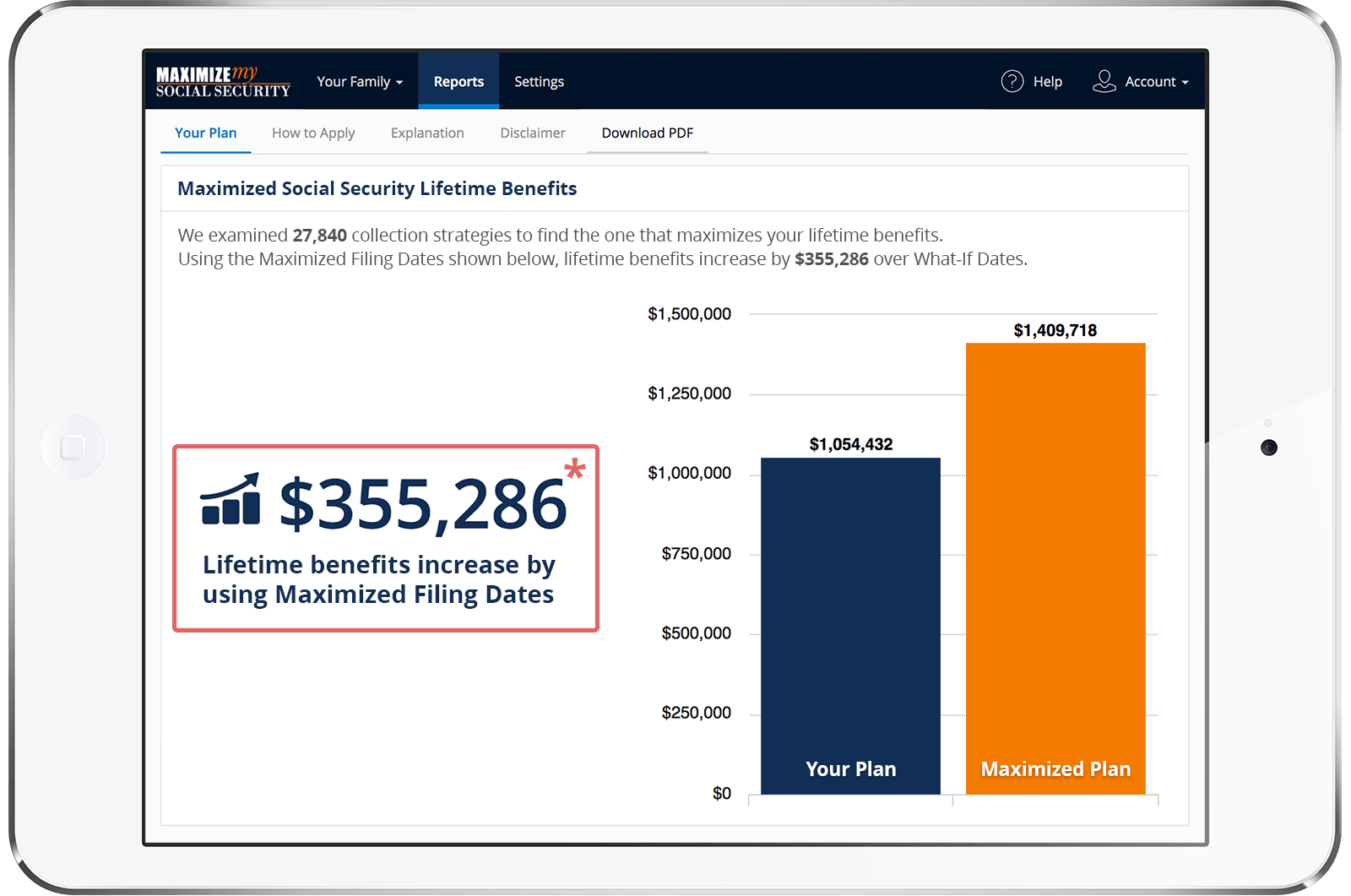I have studied the calculation for Social Security (SS) spouse benefits and believe I understand the steps in the calculation. I am asking for your help validating my calculations. These calculations are based on an effective date of 11/01/2019 (because my spouse’s birthday is on the 1st of the month, she can file as Full Retirement Age (FRA) on 11/01/2019 per the Social Security website calculator). Here are the facts:
1. My spouse began collecting SS under her earnings at age 62. Her FRA is 66 (born 12/1/1953). Her current monthly SS is $603.60.
2. Her early retirement factor is 25%. I computed this using (5/9 * 0.01 * 36) + (5/12 * 0.01 * 12). Her Primary Insurance Amount (PIA) is $804.08 ($603.60 / 0.75).
3. I began collecting SS under my earnings at age 64. My FRA is 66 (born 08/28/1954). My current monthly SS is $2,446.
4. My early retirement factor is 13.3%. I computed this using (5/9 * 0.01 * 24). My PIA is $2,822.31 ($2,446 / 0.867).
5. I computed a spouse benefit of $606.35. The formula is: ($2,822.31 / 2) – $804.08 = $606.35.
6. New total spouse monthly payment is $1,209.95 ($606.35 + $603.60).Is this calculation correct?
Thank you very much,
John
Hi John,
Your figures are close, but it's virtually impossible to calculate a precise primary insurance amount (PIA) working backward from a reduced benefit rate due to rounding used in the calculations. Also, if your wife was born on 12/1/1953 and started drawing her own benefits effective with 12/2015 when first eligible, the number of reduction months would be 47, not 48, because she would be considered to have reached age 62 in November 2015. So, if her reduced age 62 rate is $603.60 her PIA must be roughly $800.40. If you started drawing effective with August 2018 and your reduced rate before rounding is an even $2446, then your PIA must be roughly $2822.40.
So, to calculate your wife's excess spousal rate if she starts drawing effective with her full retirement age (FRA) of November 2019, you would subtract her PIA from 50% of your PIA, which appears to result in a rate of $610.80 (i.e. $2822.40/2 - $800.40). That would then be rounded down to $610 and added to your wife's own reduced benefit rate, which would also be rounded down to an even dollar, resulting in a combined rate of $1,213. Obviously, though, I can't guarantee that since I only have the limited information in your question on which to base my calculations.
Best, Jerry
